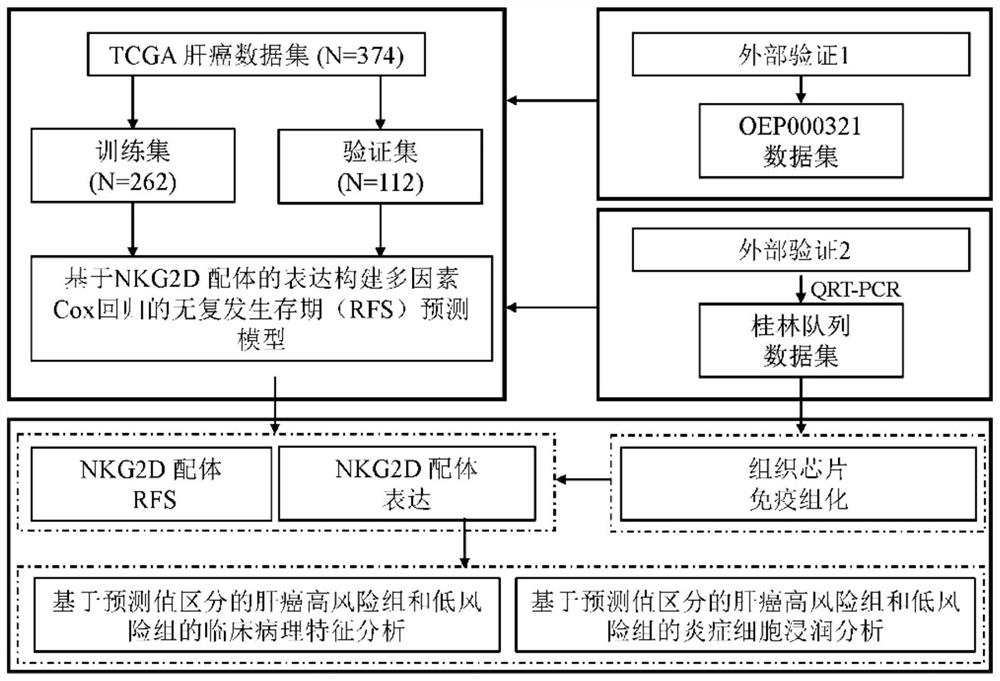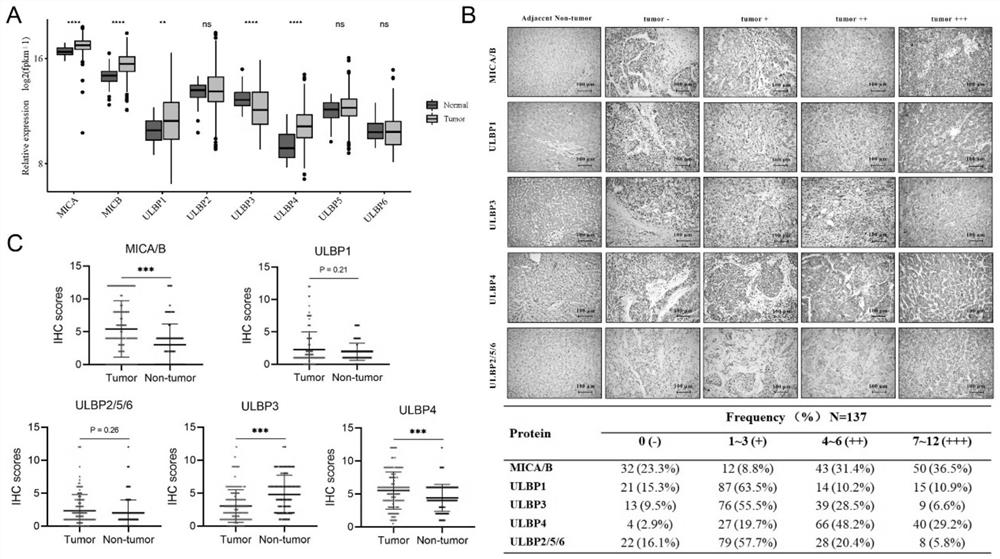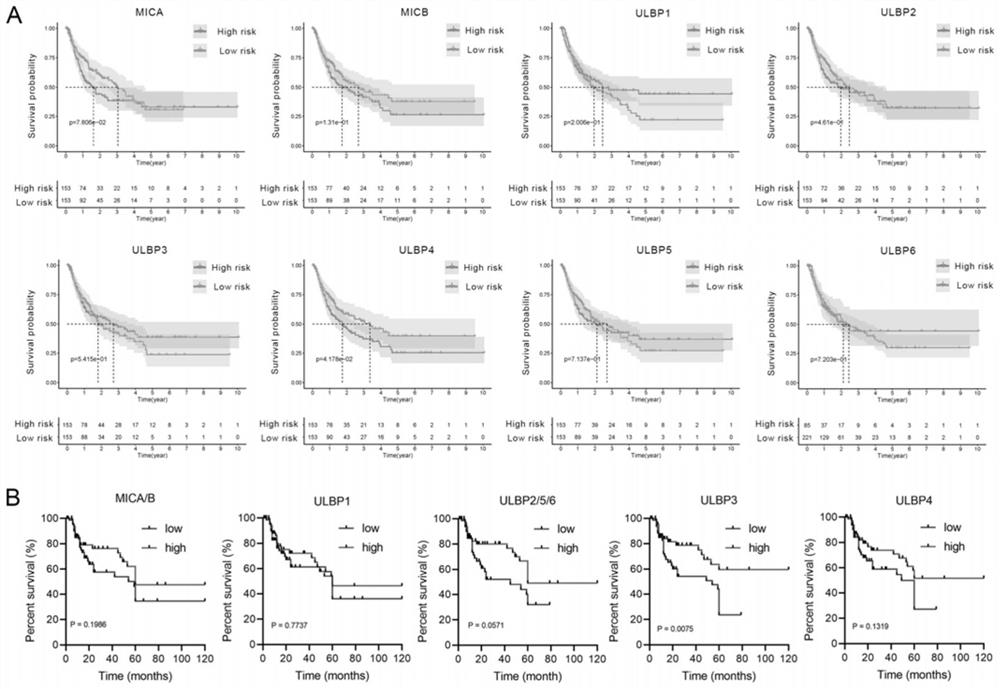Construction method of hepatocellular carcinoma patient postoperative recurrence prediction model
A technology for hepatocellular carcinoma and prediction model, applied in the fields of molecular biology and medical diagnosis, which can solve the problems of poor prognosis, prone to early recurrence, and controversial early recurrence of patients.
- Summary
- Abstract
- Description
- Claims
- Application Information
AI Technical Summary
Problems solved by technology
Method used
Image
Examples
Embodiment 1
[0029] 1. Experimental materials and methods
[0030] 1.1 Data Collection
[0031] As of February 21, 2021, a total of 374 HCC transcriptome sequencing data and corresponding clinical data downloaded from the TCGA database (TCGA-LIHC) were used as the training cohort (https: / / portal.gdc.cancer.gov / ) . The OEP000321 dataset downloaded from NODE contains transcriptome sequencing data of 159 HCC patients and a validation cohort of corresponding clinical data (https: / / www.biosino.org / node). In addition, some liver cancer samples from the Affiliated Hospital of Guilin Medical College (Guilin cohort) were randomly collected from January 1, 2006 to December 31, 2016. These samples were used for QRT-PCR, tissue microarray construction and immunohistochemistry. Each participant signed a written informed consent. This study was approved by the Ethics Committees of the Affiliated Hospital of Guilin Medical College and Peking University People's Hospital, in compliance with the Declar...
PUM
 Login to View More
Login to View More Abstract
Description
Claims
Application Information
 Login to View More
Login to View More - R&D
- Intellectual Property
- Life Sciences
- Materials
- Tech Scout
- Unparalleled Data Quality
- Higher Quality Content
- 60% Fewer Hallucinations
Browse by: Latest US Patents, China's latest patents, Technical Efficacy Thesaurus, Application Domain, Technology Topic, Popular Technical Reports.
© 2025 PatSnap. All rights reserved.Legal|Privacy policy|Modern Slavery Act Transparency Statement|Sitemap|About US| Contact US: help@patsnap.com



